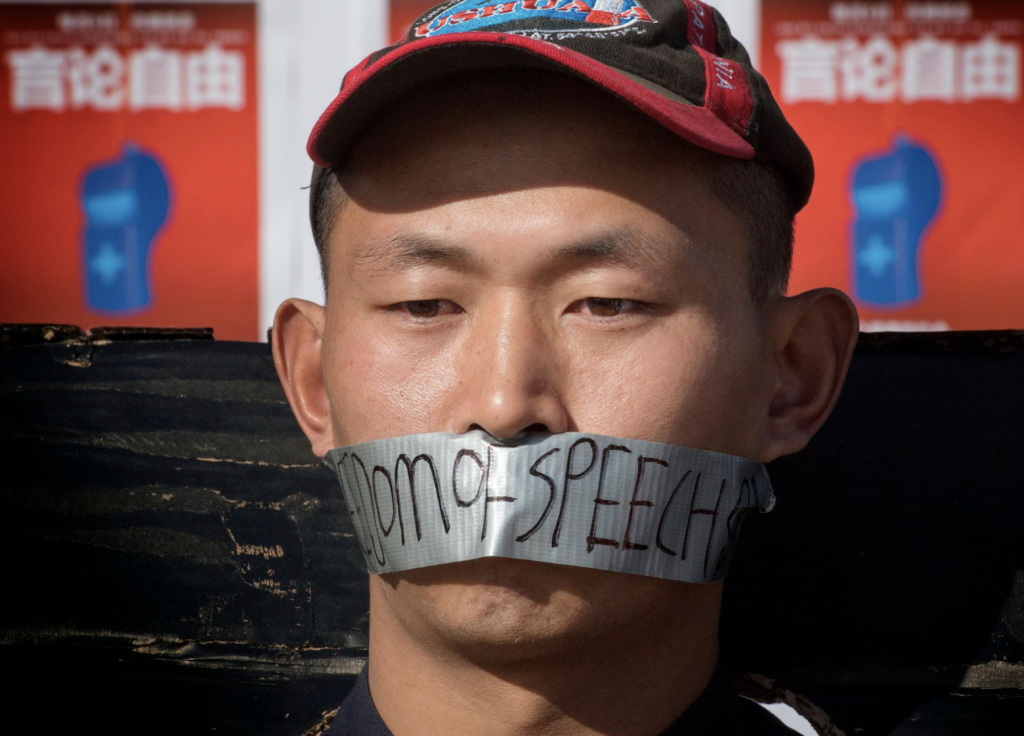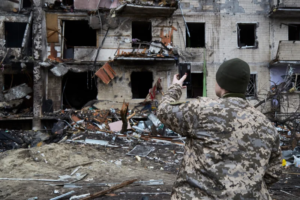The Global Coalition to Protect Education from Attack (GCPEA) released its latest report, Education Under Attack, with details of violent acts perpetrated on educators and students between the years 2015 and 2019. The statistics are sobering, with documentation of over 11,000 violent attacks that resulted in approximately 22,000 victims.
According to the report:
“Attacks on education take various forms and may be carried out for political, military, ideological, sectarian, ethnic, or religious reasons. In some cases, attackers use explosive weapons, arson, or gunfire to damage or destroy school or university facilities. In other cases, attackers directly target students and education personnel with force or threats of force, including sexual violence. Armed forces, law enforcement, other state security entities, and non-state armed groups, also use schools and universities for military purposes, sometimes while students and teachers continue to attend, or use schools, or school routes, to recruit children to their groups. These attacks have devastating effects on human lives, educational systems, and long-term peace and development.”
Further analysis of the contents of the GPCEA report were conducted by University World News, with special attention paid to attacks on the higher education sector. Across those same 5 years, more than 9,100 students, faculty, and staff members were injured, killed, abducted or arrested in attacks on higher education facilities. The countries with the most incidents included Ethiopia, India, Iran, Palestine, Nicaragua, Sudan, Turkey, and Venezuela. That said, increasing levels of violence against higher education facilities and people also were reported in China, Nicaragua, South Africa, Sri Lanka, and Uganda.
The fact that attacks on higher education are on the rise around the world is taking place against the backdrop of an increasingly chilly climate being created for international students here in the United States. The adverse rhetoric surrounding immigration that has become more commonplace during the Trump administration has had an increasingly negative impact on those international students who were thinking about coming to the United States to complete their education. Additionally, the recent announcement by the U.S. Immigration and Customs Enforcement which threatens to revoke the visas of international students who are not taking in-person classes certainly adds to this hostile environment.

The anticipation of a reduced number of students coming to study in America this coming semester has set off alarm bells regarding the negative impact this will have on university budgets. While these financial losses may well be realized, they pale in comparison to the difficulties being faced by students who are left to study in their home countries. Yes, there is unrest on campuses across the nation at the moment, largely due to concerns about social justice. But a little perspective taking is in order here. The United States remains a beacon of hope for those international students who recognize that America remains one of the safest places in all of the world for students to receive a first-class education.




